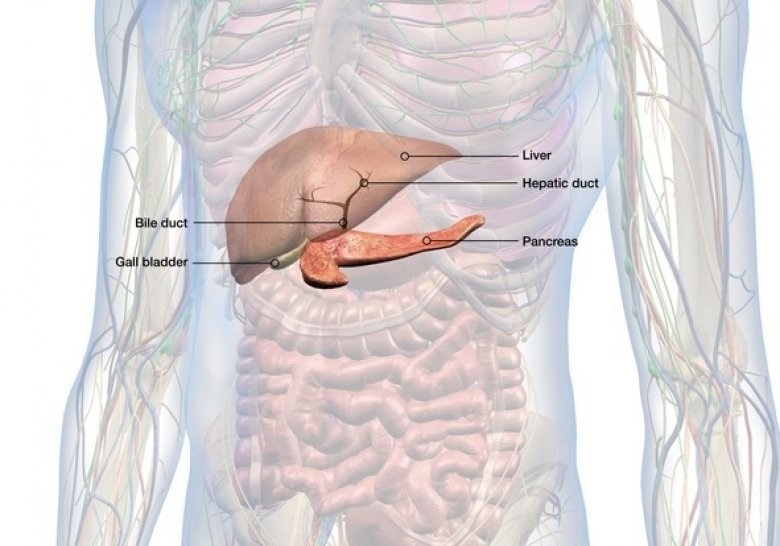Reviewed by Dan Hutchins, M.PhilJun 25 2021
The immune cells that reside in the human bile duct have been studied and described in depth by researchers at the Karolinska Institutet. The discoveries could pave the door for novel therapeutic options for bile duct problems, which are frequently linked to immunological processes. The research was reported in Science Translational Medicine.

Image credit: Getty Images
The understanding of the composition of immune cells in most tissues has vastly improved over the last decade. Due to the difficulty of accessing this region, the human biliary tract has been one of the few immunological niches that have remained unexplored. The biliary system, which includes the bile duct that connects the liver to the intestine, is an organ usually affected by serious inflammatory and malignant diseases.
Dismal prognosis
Difficulties in studying this organ has hampered our understanding of biliary diseases, many of which are severe with dismal prognosis.”
Niklas Björkström, Physician and Immunology Researcher, Center for Infectious Medicine, Department of Medicine, Huddinge, Karolinska Institutet
To address this, the researchers used a unique clinical examination method for extracting and examining immune cells located in the biliary system, developed in partnership with clinical scientists at Karolinska University Hospital.
They were able to extract immune cells from the bile ducts of 125 patients using this procedure, and characterize each one in detail.
Immune cells from patients with primary sclerosing cholangitis (PSC), a severe inflammatory condition of the biliary tract, were compared to immune cells from non-inflammatory controls, according to the researchers. PSC patients’ bile ducts had a substantial infiltration of immune cells called neutrophils and T cells, which appeared to work together to create an inflammatory environment.
Resource for future studies
Our study sheds new light on the immunological processes involved in PSC. It also helps uncover the immunological niche of human bile ducts, which is a major step forward and will provide an important resource for future studies of the immune response in biliary disorders.”
Niklas Björkström, Physician and Immunology Researcher, Center for Infectious Medicine, Department of Medicine, Huddinge, Karolinska Institutet
Source:
Journal reference:
Zimmer, C. L., et al. (2021) A biliary immune landscape map of primary sclerosing cholangitis reveals a dominant network of neutrophils and tissue-resident T cells. Science Translational Medicine. doi.org/10.1126/scitranslmed.abb3107.